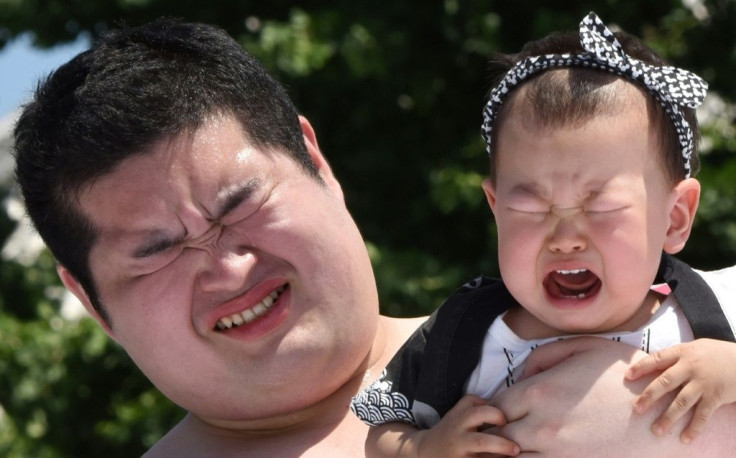Japan’s Rapidly Aging Population Raises Questions For Its Future

KEY POINTS
- Japan's population has now fallen every year since 2007
- Some 28% of Japanese people are now above the age of 65
- Japan’s population is projected to drop from 126 million to 88 million by 2065
Japan’s population fell by 512,000 people in 2019 as births plunged by 5.9% to 864,000, while deaths totaled 1.376 million – the highest figure since the end of World War II. Japan's population has now fallen every year since 2007.
Data released by the Japanese Ministry of Health, Labor and Welfare encapsulated the demographic crisis the country is facing: the population is rapidly aging with insufficient amounts of younger workers to keep the economy afloat in the long term.
The number of births in 2019 was so low that it marked the first time since 1899 that figure dropped below 900,000.
The marriage rate has also plunged since 1970, while more and more women have chosen to focus on their careers rather than get married and have children.
Meanwhile, due to high living standards and excellent medical care, people are living longer – some 28% of Japanese people are now above the age of 65, the highest such percentage in the world.
By 2030, 33% of Japanese people will be 65 or older, and one in five will be above 75.
Deaths began to surpass births about a decade ago.
The International Monetary Fund projected that due to the confluence of an aging population and a labor shortage Japan’s annual gross domestic product growth will be cut by one percentage point over the next 30 years.
There are many factors behind Japan’s plunging birth rate, which include changing lifestyles in the postwar period, people marrying later in life or remaining single and the insecurity of younger people who feel they can never afford to have children.
Japan now has a total population of about 126 million – and that figure is expected to plummet to 88 million by 2065.
Japanese Prime Minister Shinzo Abe is concerned by the population decline and said he wants to prevent the population from falling below the 100 million level by 2060.
The country is making efforts to raise its fertility rate by offering perks – even paying women to have babies.
The town of Nagicho offered to pay new mothers 300,000 yen ($2,762) per baby, plus subsidies for children’s care, housing, health and education.
The national government has taken steps to make child care cheaper and easier to access, especially for lower-income couples, while making preschool free in some areas.
Japan has also been forced to do something it has historically opposed – allowing more foreigners into the nearly homogeneous country.
To that end, Japan recently signed a memorandum of cooperation with Pakistan that will allow skilled Pakistani workers to secure jobs in Japan.
“We need to sign this framework to hire Pakistani labor,” said Japanese Ambassador to Pakistan Kuninori Matsuda. “As Japan is currently facing a serious shortage of workers due to an aging society and shrinking population.”
Matsuda said that under a new work visa policy, Japan is expected to hire 340,000 skilled workers from across the world, including Pakistan.
Japan has signed similar agreements with Bangladesh, Cambodia, Indonesia, Mongolia, Nepal, the Philippines, Sri Lanka, Thailand and Vietnam.
Simran Walia of the Center for East Asian Studies at Jawaharlal Nehru University in Delhi, India, wrote that as the number of younger workers shrinks, some of Japan’s big industries, like motor vehicles and electronics, will not have the manpower to continue at the current level of production.
“If Japan cannot maintain its levels of production, it may subsequently lose its spot as the third-largest economy in the world,” she wrote.
© Copyright IBTimes 2024. All rights reserved.




















